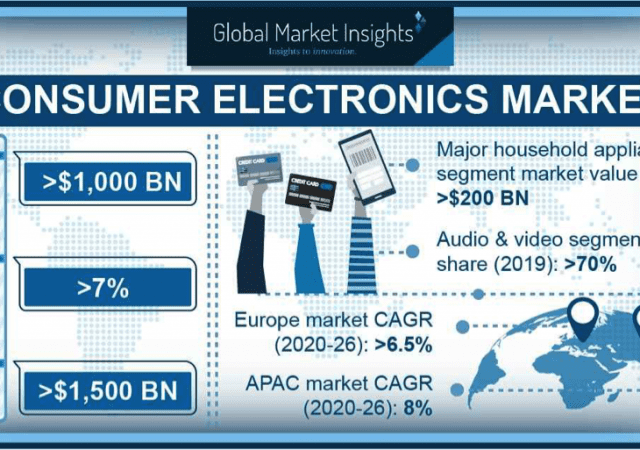According to a recent study from market research firm Global Market Insights, the demand for consumer electronics market is anticipated to grow at a significant rate on account of increasing purchase of devices integrated with latest technologies.
SkyWater President Thomas Sonderman to Deliver Keynote at 2020 Virtual Advanced Semiconductor Manufacturing Conference (ASMC)
SkyWater Technology today announced the company’s President, Thomas Sonderman will present a keynote address, “Manufacturing Leadership in the Era of Artificial Intelligence,” at the 2020 virtual Advanced Semiconductor Manufacturing Conference (ASMC) at 9:00 am EDT on August 24th.
TrendForce Analyzes Impacts of Expanded U.S. Sanctions Against Huawei on Five Major Tech Industries
TrendForce provides the following analyses on the impacts that the expanded sanctions against Huawei have on five tech industries, including semiconductors, memory products, smartphones, display panels, and 5G communications.
Subaru Selects Xilinx to Power New-Generation EyeSight System
Xilinx, Inc. (NASDAQ: XLNX) today announced that its technology is powering the new version of Subaru’s vision-based advanced driver-assistance system (ADAS), EyeSight.
North American Semiconductor Equipment Industry Posts July 2020 Billings
North America-based manufacturers of semiconductor equipment posted $2.60 billion in billings worldwide in July 2020 (three-month average basis), according to the July Equipment Market Data Subscription (EMDS) Billings Report published today by SEMI. The billings figure is 11.8 percent higher than the final June 2020 level of $2.32 billion, and is 27.6 percent higher than the July 2019 billings level of $2.03 billion.
Semtech Collaborates with AWS and TensorIoT to Simplify IoT Solution Development
Semtech Corporation (Nasdaq: SMTC), a leading supplier of high performance analog and mixed-signal semiconductors and advanced algorithms, announced it is collaborating with Amazon Web Services (AWS) and TensorIoT to simplify Internet of Things (IoT) solution development by offering Asset Tracking and Smart Building Kits that integrate Semtech’s LoRa® devices and the LoRaWAN® protocol with AWS IoT services.
Alpha and Omega Semiconductor Announces a New High SOA MOSFET for 12V Hot Swap Applications
Alpha and Omega Semiconductor Limited (AOS) (Nasdaq: AOSL), a designer, developer and global supplier of a broad range of power semiconductors, power ICs, and Digital Power products today announced the release of, AONS32310, a 30V MOSFET with low on-resistance and a high Safe Operating Area (SOA) capability which is ideally suited for demanding applications such as hot swap and effuse.
Arm and DARPA Sign Partnership Agreement to Accelerate Technological Innovation
Arm today announced a three-year partnership agreement with the U.S. Defense Advanced Research Projects Agency (DARPA), establishing an access framework to all commercially available Arm technology. With DARPA’s Electronics Resurgence Initiative gaining momentum, the new agreement will enable the research community that supports DARPA’s programs to quickly and easily take advantage of Arm’s leading IP, tools and support, accelerating innovation in a variety of fields.
Silicon Creations Achieves ISO 9001 Certification for World-Class Silicon IP Development Process
Silicon Creations, a leading supplier of high-performance analog and mixed-signal intellectual property (IP), announced today that the company has achieved ISO 9001 Quality Management System certification by the British Standards Institute (BSI), one of the world’s largest certification bodies.
Trapping and Controlling Light at the Interface of Atomically Thin Nanomaterials
Scientists at Cornell University propose a new method to confine light in an atomically thin graphene layer by leveraging topological phenomena that occur at the interface of specially designed nanomaterials.
